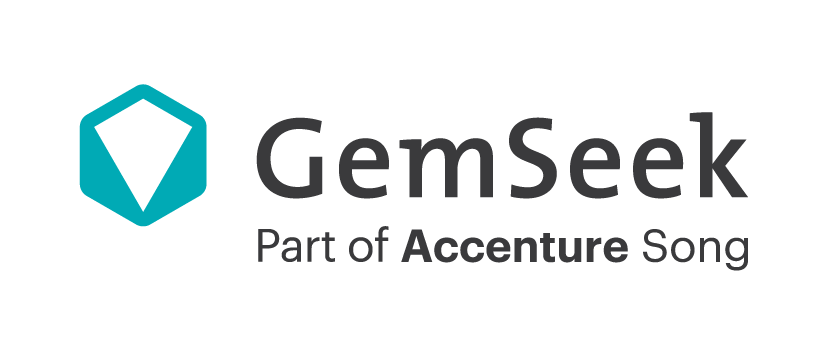The business problem
Our client wanted to establish itself among the leaders in the proactive and predictive delivery of services in the surgery domain. For that purpose, they had to leverage best-in-class and ML to design and develop predictive service models focused on minimizing OR disruptions and maximizing hospital throughput.
Our task
When our client’s team started working on designing the predictive service models, they reached out to us. We were tasked to ensure a thorough understanding of the market, the most pressing customer pain points, KPIs, and the key events that lead to system failures within the OR.
Our Solution
Modern operating rooms are highly technical environments that rely on a variety of complex systems to support patient care and ensure optimal outcomes. Surgical robots, anesthesia machines, medical imaging systems, and vital sign monitors are just a few examples of the systems supporting surgeons and patients during surgery.
This anatomy of the environment is making it increasingly important for companies to provide predictive services such as maintenance to ensure the optimal functioning of these systems.
Scope of the Project
The project required a deeper understanding of the perceptions of different stakeholders, so it was split into two modules. In the first module, the focus was on the service delivery teams while in the second part, we studied the OR staff and their expectations of predictive service delivery.
Module 1: Understanding major service events and disruptions in the OR.
During the first phase of the project, we ran a comprehensive quantitative study with a qualitative pooling module across service delivery teams.
The pooling technique allows the survey respondents to readily understand the survey concept and remove any bias by focusing on the latter. It also combines the best primary research methodologies, quantifying the answer with a qualitative reasoning portion.
One of the objectives here was to better understand which service events and failures caused the most frequent disruptions in the OR and their impact on the OR teams. In addition, we tested and analyzed some of the key benefits that service teams would expect from the integration of predictive services, as well as technicians’ view of service contracts and how to market these properly.
Module 2: Desired impact from predictive maintenance delivery.
In the second phase, we leveraged the same quantitative and qualitative methodology to study the stakeholders from the OR. The primary goal here was to validate the findings on the disruptive service events from the first phase of the study. In addition, we deep dived to explore the desired outcome for surgeons as well as their overall attitude towards relying on predictive services as part of their service contracts with vendors.
Key Project Success Metrics
As an immediate outcome, our client used the insights gained to prioritize key service areas that can be automated through artificial intelligence and machine learning and deliver quick service and troubleshooting.
In addition, the findings from the study will help our client shape their overall proposition by focusing on the most important OR KPIs and the benefits expected from the OR staff.
Most importantly, the project will be the basis of a long-term roadmap and investment plan to better optimize service delivery so that it helps more OR teams deliver superior patient outcomes globally.
About Company: Leader in MedTech
Industry: Healthcare
Company Size: 10 001+ employees
Location: Global
GemSeek Capabilities: Product Experience, Value Proposition Testing



